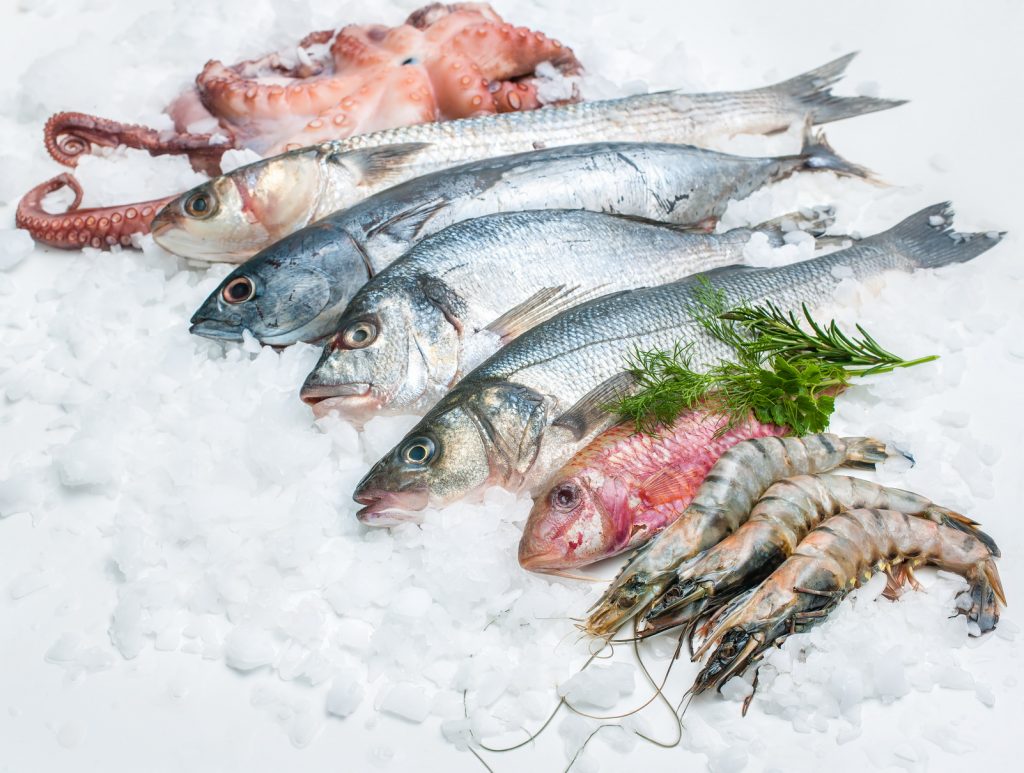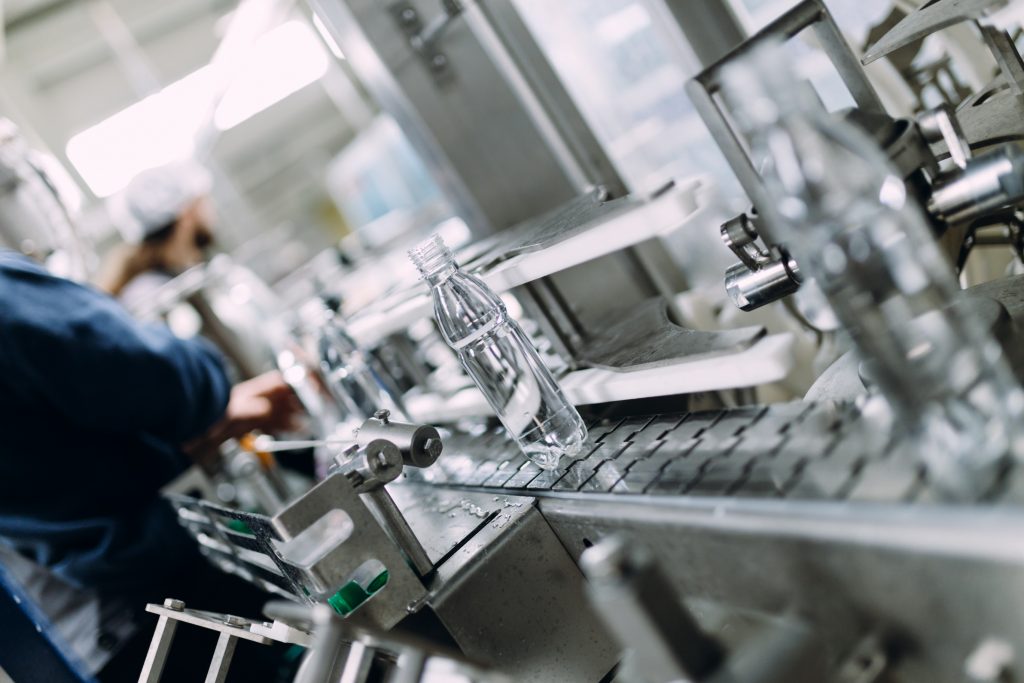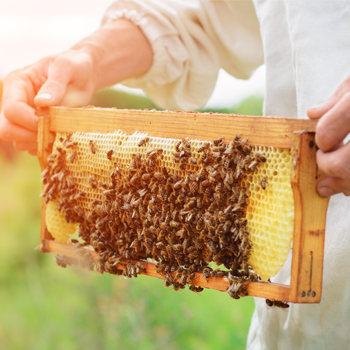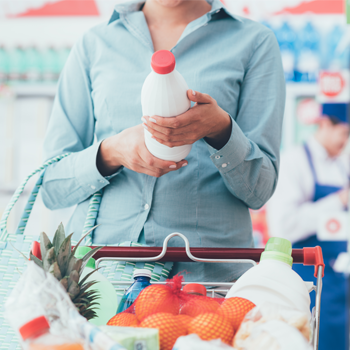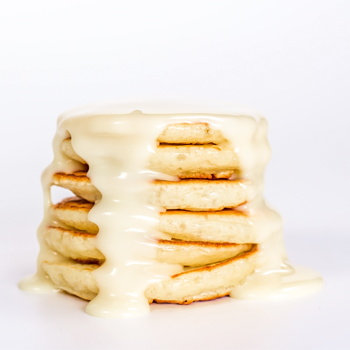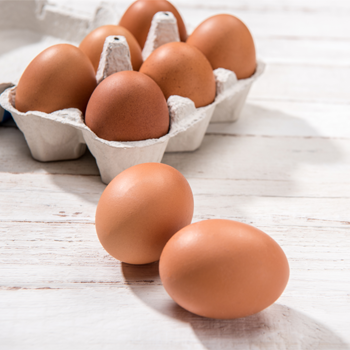กรุงเทพฯ, 10 มกราคม 2562 – พลเอก ฉัตรชัย สาริกัลป์ยะ รองนายกรัฐมนตรี เปิดเผยภายหลังเป็นประธานการประชุมผู้นำเข้าสินค้าประมงไทยในทวีปยุโรป ณ กรุงบรัสเซลล์ ประเทศเบลเยียม โดยมีสมาคมผู้นำเข้าสินค้าประมงสหภาพยุโรปรายใหญ่เข้าร่วมงาน อาทิ บริษัท เจริญโภคภัณฑ์อาหาร ประจำสหราชอาณาจักร สมาคมการค้าที่สนับสนุนการค้าอย่างยั่งยืน (AMFORI) ว่า แม้ในช่วงที่ผ่านมาประเทศไทยจะมีปัญหาความเชื่อมั่นในการแก้ไขปัญหาการทำการประมงผิดกฎหมาย ขาดการรายงาน และไร้การควบคุม และปัญหาการค้ามนุษย์ หรือไอยูยู (IUU) แต่ต้องถือว่าผู้นำเข้าในกลุ่มประเทศยุโรปยังคงให้ความเชื่อมั่นสินค้าประมงของไทยมาโดยตลอด โดยเฉพาะอย่างยิ่ง Seafood Task Force ที่ช่วยสนับสนุนทั้งด้านเงินทุน ผู้เชี่ยวชาญ ตลอดจนข้อแนะนำในการดำเนินการต่างๆ ทำให้ประเทศไทยประสบความสำเร็จในการแก้ไขปัญหาในระยะเวลาอันสั้น ทั้งที่ทราบกันดีทั่วโลกว่าปัญหาด้านการประมงนั้นใช้ระยะเวลาที่ยาวนานไม่น้อยกว่าสิบปี โดยสิ่งที่รัฐบาลไทยได้วางรากฐานการแก้ไขปัญหาการทำประมงของประเทศ ก็เพื่อมุ่งไปสู่การประมงอย่างยั่งยืนไว้ได้อย่างสมบูรณ์ ทั้งในด้านต่างๆ ดังนี้
1) ด้านกรอบกฎหมาย ซึ่งเป็นรากฐานที่สำคัญในการปฏิรูปการประมงของประเทศไทยให้เป็นที่ยอมรับ ซึ่งผมคงต้องเรียนกับทุกท่านว่า พระราชกำหนดการประมง 2558 และพระราชกำหนดเรือไทย 2561 เป็นกฎหมายที่สอดคล้องกับอนุสัญญาข้อตกลงสากล ไม่ว่าจะอยู่ภายใต้ UN หรือ FAO ที่มีจุดมุ่งหมายให้มีการทำการประมงอย่างยั่งยืนและมีความรับผิดชอบ
2) ด้านการบริหารจัดการทรัพยากรประมงและกองเรือประมง ประเด็นที่หลายท่านเคยกังวลและตั้งคำถามอยู่เสมอว่าการประมงของประเทศไทยอยู่ในสภาวะที่ Over fishing หรือไม่ ภายใต้ความสามารถควบคุมกองเรือประมงที่ทำการประมงได้อย่างชัดเจนและมีประสิทธิภาพ ตลอดจนมีการเชื่อมโยงข้อมูลระหว่างหน่วยงานที่เกี่ยวข้อง ผมคงเรียนให้ทุกท่านมั่นใจได้ว่าสภาวะการประมงของประเทศไทยในวันนี้ไม่อยู่ในภาวะนั้นแน่นอo ในวันนี้ทรัพยากรสัตว์น้ำของไทยนับวันจะดีขึ้นทั้งในเชิงปริมาณและคุณภาพ และมีการจัดสรรทรัพยากรสัตว์น้ำอย่างเป็นธรรมให้แก่ชาวประมงทั้งพื้นบ้านและพาณิชย์ นอกจากนี้ ประเทศไทยให้ความสำคัญอย่างยิ่งกับการพัฒนาการประมงย่างยั่งยืนผ่านโครงการปรับปรุงการทำการประมง หรือ Fisheries Improvement Project (FIP) ซึ่งขณะนี้มีการพัฒนาอยู่ในหลายพื้นที่และหลายกลุ่มสัตว์น้ำ และในส่วนของชาวประมงพื้นบ้านเป็นสิ่งที่รัฐบาลให้ความสำคัญเป็นอย่างยิ่งโดยการสร้างความเข็มแข็งให้กับชุมชนประมงชายฝั่ง และส่งเสริมให้เกิดการทำประมงภายใต้ “มาตรฐาน Blue Band” ซึ่งเป็นมาตรฐานที่พัฒนาขึ้นมาเพื่อการทำการประมงที่ยั่งยืนของชาวประมงพื้นบ้าน ซึ่งจะเป็นรากฐานที่สำคัญของประเทศไทยในอนาคต
3) ด้านการติดตาม ควบคุม และเฝ้าระวัง (MCS) ซึ่งเป็นประเด็นหนึ่งที่จะยืนยันถึงประสิทธิภาพของการแก้ไขปัญหาการทำการประมงที่ผิดกฎหมาย ขาดการรายงาน และไร้การควบคุม ได้มากน้อยเพียงใด ผมคงเรียนทุกท่านได้อย่างมั่นใจ วันนี้ประเทศไทยมีระบบ MCS ที่มีประสิทธิภาพ ทั้งการควบคุมเรือไทยและเรือต่างชาติให้เป็นไปตามกฎหมายภายในที่เกี่ยวข้อง และมาตรการ PSMA ภายใต้การทำงานของศูนย์ปฏิบัติการเฝ้าระวังการทำการประมง (FMC) ซึ่งทำงานเชื่อมโยงกับศูนย์ควบคุมการแจ้งเข้า-ออกเรือประมง (PIPO) ใน 22 จังหวัดชายทะเลของไทย และด่านตรวจสัตว์น้ำ
และที่ผู้นำเข้าให้ความสำคัญอย่างยิ่ง คือ ด้านการตรวจสอบย้อนกลับ ซึ่งเป็นจุดที่สำคัญที่สุดที่จะทำให้มั่นใจได้ว่าสินค้าและผลิตภัณฑ์สัตว์น้ำของไทยปราศจากการทำการประมงไอยูยู ซึ่งสามารถยืนยันได้อย่างมั่นใจว่าวันนี้ระบบตรวจสอบย้อนกลับสามารถป้องกันสัตว์น้ำและสินค้าประมงผิดกฎหมายเข้ามาในสายการผลิตของไทย ไม่ว่าวัตถุดิบที่นำเข้าสู่การผลิตจะเป็นวัตถุดิบในประเทศหรือนำเข้าจากต่างประเทศทุกช่องทาง และประเทศไทยจะดำเนินการพัฒนาเรื่องนี้ไปอย่างต่อเนื่อง นำพาประเทศไทยไปสู่การเป็น IUU-free Thailand เพื่อให้ผู้บริโภคได้มั่นใจว่า สัตว์น้ำที่นำเข้าและส่งออกจากไทยจะไม่ได้มาจากการทำประมงไอยูยู
สำหรับด้านแรงงานเป็นอีกประเด็นหนึ่งที่ผู้นำเข้าให้ความสนใจ โดยตลอดช่วงเวลาที่ประเทศไทยมีการแก้ไขปัญหาไอยูยูนั้น ประเด็นเรื่องแรงงานในภาคประมงทะเลเป็นอีกสิ่งหนึ่งที่มีการดำเนินการควบคู่กันเพื่อให้มั่นใจว่าการใช้แรงงานในภาคประมงทะเลและอุตสาหกรรมต่อเนื่องนั้นอยู่ภายใต้หลักมนุษยธรรมและความรับผิดชอบ ซึ่งผลจากการดำเนินการที่ผ่านมาทำให้การรับอนุสัญญา ILO C188 เป็นเรื่องที่เป็นไปได้ เพราะหลักการที่สำคัญได้มีการดำเนินการอยู่แล้วอย่างครบถ้วน และคาดว่าในปีนี้ประเทศไทยจะมีการยื่นสัตยาบันอนุสัญญาฉบับดังกล่าว
“ความสำเร็จที่เกิดขึ้นในวันนี้ถือเป็นส่วนสำคัญที่จะส่งผลที่ดีต่อภาพลักษณ์การทำการประมงของไทย ให้พ้นจากข้อกล่าวหาการทำประมงที่ผิดกฎหมาย หรือไอยูยู หรือแม้กระทั่งการค้ามนุษย์ ให้เป็นที่ประจักษ์กับสายตาชาวโลก โดยเฉพาะการสร้างความมั่นใจต่อผู้นำเข้าและผู้บริโภคที่จะเลือกซื้อสินค้าประมงของไทยในอนาคต ซึ่งประเทศไทยจะไม่หยุดเพียงแค่นี้ เพราะเป้าหมายที่แท้จริง คือ การส่งเสริมความยั่งยืนทางทะเลในทุกระดับ และมุ่งเน้นสร้างบทบาทการสร้างความร่วมมือระหว่างประเทศเพื่อสร้างเครือข่ายพันธมิตรในการผลักดันไปสู่เป้าหมายของ SDG โดยการแบ่งปันประสบการณ์และสร้างกลไกความร่วมมือร่วมกัน เพราะความยั่งยืนทางทะเลไม่ได้หมายถึงเพียงเรื่องการประมงอย่างยั่งยืนเท่านั้น แต่ยังครอบคลุมไปถึงเรื่องการรักษาสิ่งแวดล้อมทางทะเล ซึ่งประเทศไทยในฐานะผู้ผลิตและส่งออกอาหารทะเลรายใหญ่อันดับ 4 ของโลก พร้อมที่จะร่วมรับผิดชอบกับประชาคมโลกในการรักษาทรัพยากรทางทะเล และการทำประมงอย่างรับผิดชอบ และยืนยันว่าสินค้าประมงจากไทยจะเป็นสินค้าที่มาจากการทำประมงที่ถูกกฎหมาย สนับสนุนความยั่งยืนของสิ่งแวดล้อมและทรัพยากรสัตว์น้ำ และมาจากแรงงานที่ได้รับการคุ้มครองตามหลักสิทธิมนุษยชน และไทยพร้อมเดินหน้าทำงานร่วมกับทุกประเทศในโลกนี้ เพื่อร่วมกันกำจัดปัญหาการทำประมง IUU และปัญหาการค้ามนุษย์ในภาคประมงให้หมดสิ้นไป และนำไปสู่การประมงของประเทศและโลกไปสู่ความยั่งยืนเพื่อความมั่นคงทางอาหารให้แก่ประชากรของโลกต่อไปด้วย” พลเอกฉัตรชัย กล่าว
